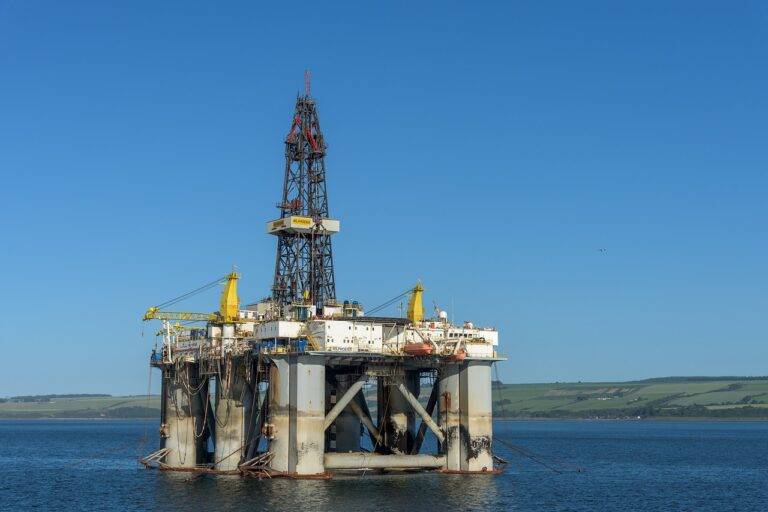The Impact of 5G on Disaster Recovery Logistics
One of the key advantages of 5G technology in disaster situations is its ability to provide faster and more reliable communication networks. When traditional infrastructure is compromised, 5G networks can still deliver critical information and facilitate coordination among emergency responders, helping to streamline response efforts. This enhanced connectivity enables quicker decision-making and more efficient allocation of resources, ultimately leading to saving more lives during times of crisis.
Moreover, 5G technology offers improved bandwidth and lower latency, allowing for seamless communication even in high-traffic situations. This means that emergency services can exchange real-time data, such as live video feeds and sensor information, without disruptions or delays. By enabling swift and reliable communication channels, 5G technology plays a crucial role in enhancing situational awareness and ensuring effective coordination among various response teams operating in disaster-stricken areas.
Benefits of 5G for Real-Time Data Sharing in Disaster Recovery Efforts
5G technology plays a crucial role in optimizing real-time data sharing during disaster recovery efforts. The high-speed, low latency capabilities of 5G networks enable emergency responders and organizations to swiftly exchange information, coordinate actions, and make timely decisions. This instantaneous data sharing is instrumental in enhancing situational awareness and improving the overall effectiveness of disaster recovery operations.
Furthermore, 5G facilitates the seamless transmission of large volumes of data, such as high-definition images, videos, and sensor readings, in real-time. This capability empowers responders to quickly assess the extent of damage, identify critical areas needing attention, and allocate resources efficiently. By streamlining communication and data sharing processes, 5G technology ensures that stakeholders are better equipped to collaborate, respond promptly to emergencies, and expedite the recovery process.
How does 5G technology enhance communication during disasters?
5G technology provides faster and more reliable connectivity, allowing emergency responders to communicate more effectively and efficiently during disaster situations.
What are the benefits of 5G for real-time data sharing in disaster recovery efforts?
5G enables real-time data sharing among first responders, government agencies, and relief organizations, facilitating quicker decision-making and coordination in disaster recovery efforts.
How does 5G improve the efficiency of disaster response teams?
With 5G, disaster response teams can access and share critical information instantly, enabling them to prioritize resources, allocate tasks, and respond to emergencies more effectively.
Can 5G help in coordinating rescue operations during disasters?
Yes, 5G technology enables seamless communication and data sharing among rescue teams, allowing them to coordinate their efforts, locate survivors, and deploy resources efficiently in disaster situations.
Is 5G technology reliable in disaster-prone areas?
Yes, 5G networks are designed to be resilient and provide consistent connectivity even in disaster-prone areas, ensuring that communication channels remain open for emergency responders and relief organizations.





